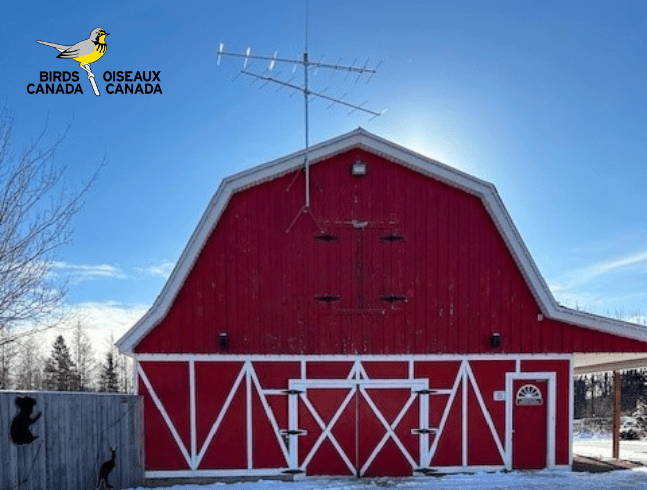
Look what's new on top of the Zoo's big, red barn!
The Magnetic Hill Zoo has partnered with Birds Canada to reach new heights for conservation of migratory animals by hosting a Motus wildlife tracking station.
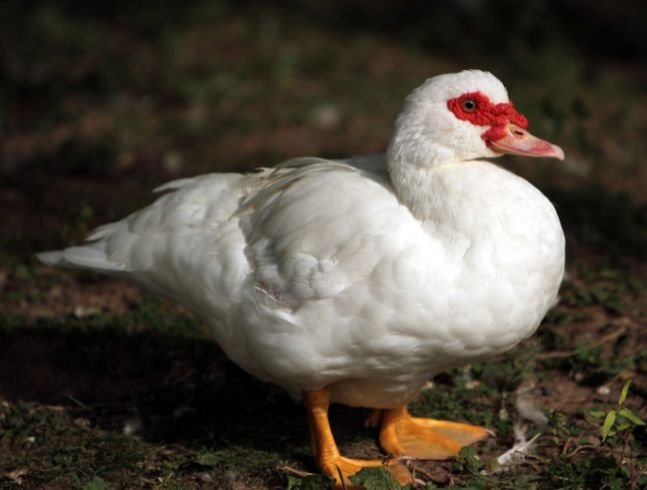
What is it?
This station is one of over 1700 stations worldwide which tracks signals from flying birds, bats, and insects that are carrying registered radio tags as part of a research project.
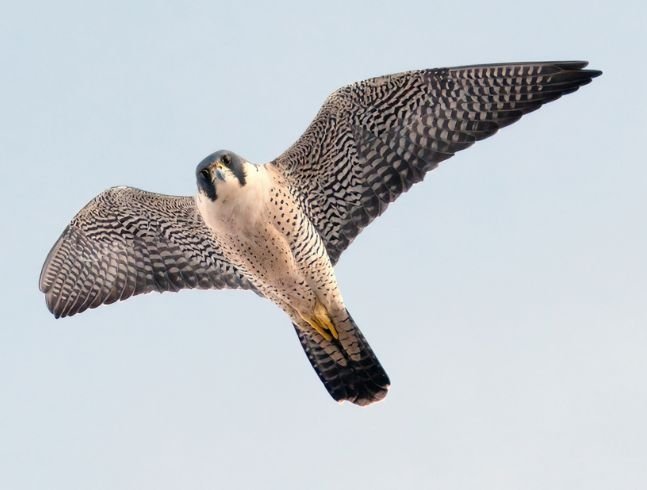
Why is this helpful?
The information received from these tracked animals is used by researchers to learn more about the animals' movement patterns and behaviour.

How does it work?
- Researchers attach small radio tags to birds, bats, and insects that are part of registered research projects with the Motus network.
- Radio signals from the tags are emitted while these animals are flying.
- The signals are picked up by the over 1700 stations worldwide.
- The data collected from these stations is stored in a centralized database and is available for researchers and public viewing.
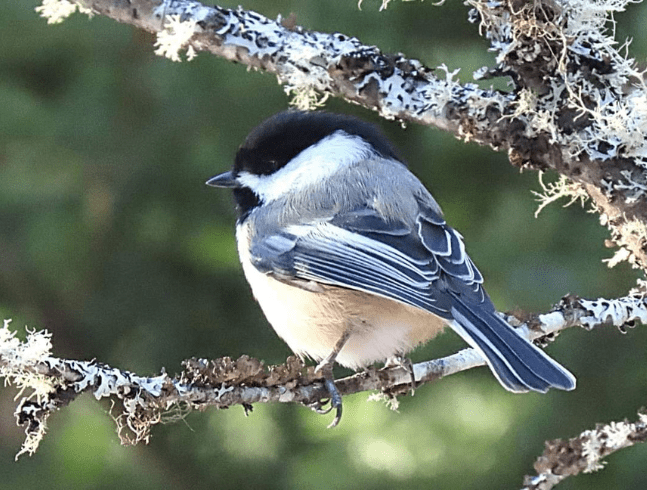
Why is the Zoo involved?
The Magnetic Hill Zoo strives to be Atlantic Canada’s leading zoo that educates and inspires conservation action.
By hosting a Motus station, the Zoo is contributing to research in action. The Zoo’s Motus site provides a unique opportunity to share this research project with a wider audience who might not likely hear about otherwise.
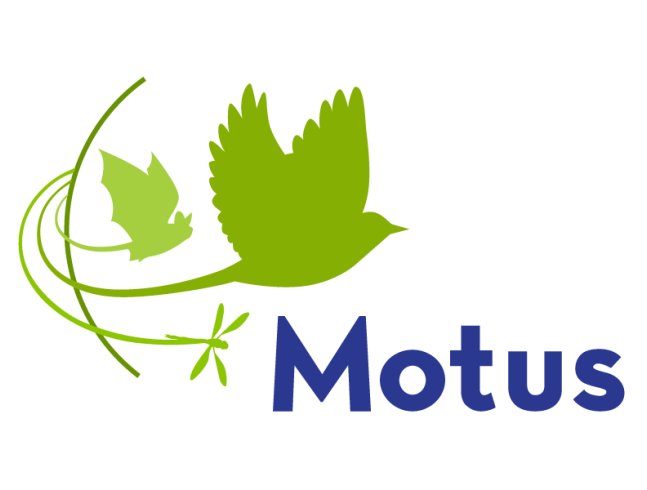
More information
.

